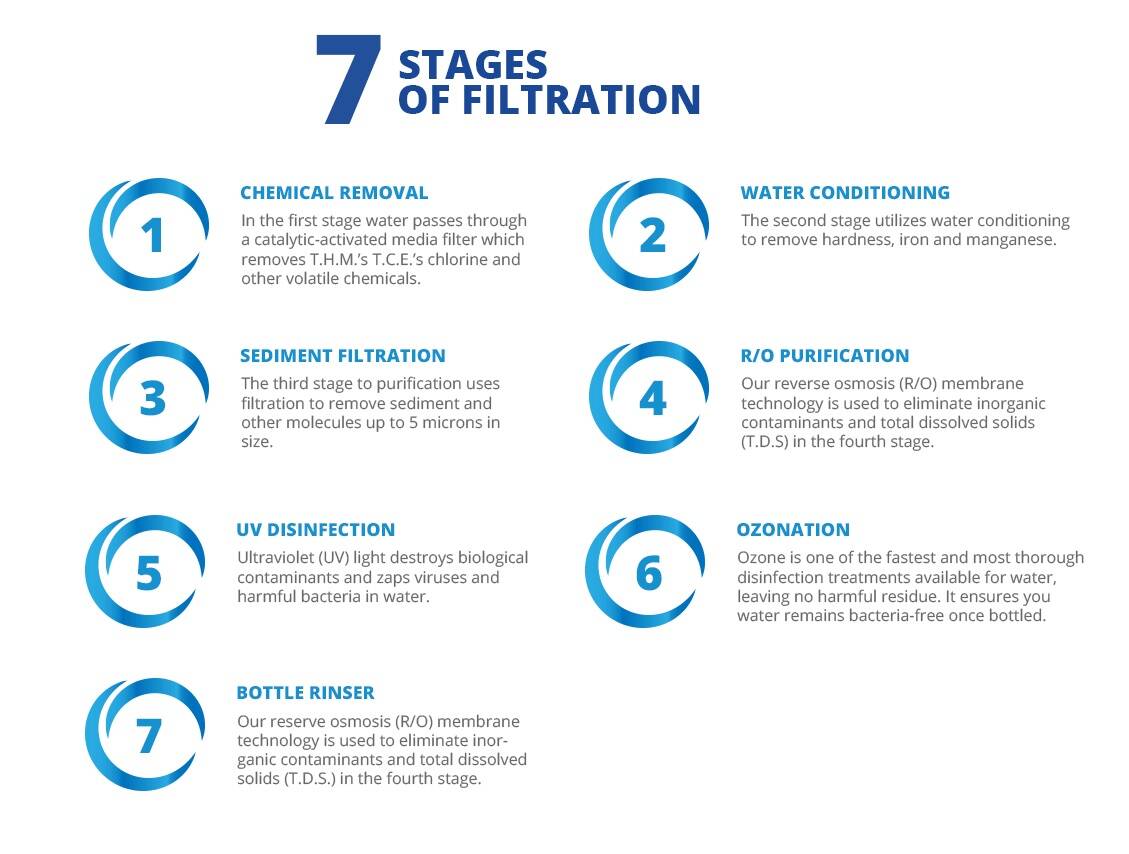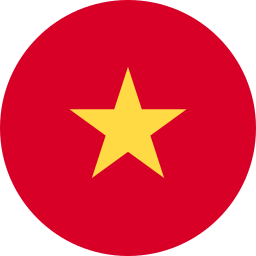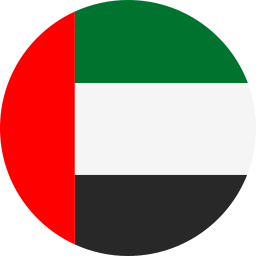In an age where clean drinking water is more crucial than ever, water purifiers have become indispensable household fixtures. But beyond their essential role in ensuring our health, these devices have intriguing histories and technological innovations that might surprise you. From the earliest methods of purification to cutting edge advancements in filtration technology, water purifiers have evolved in remarkable ways. Dive into this post to uncover some of the most interesting and lesser-known facts about water purifiers that highlight their importance and complexity. Whether you're a curious consumer or a tech enthusiast, you're in for an enlightening journey into the world of water purification!’
Four ways to clean water
There are four main methods for water purification.
While most of these have individual variations, we will focus on the most commonly used and most effective variations for purifying water in large quantities.
1. Boiling - Boil water to purify water
- The simplest way to disinfect water is to boil it. Boiling kills 99% of germs and can even reduce the amount of some chemical compounds.
- Boiling is not perfect, but it is a very budget-friendly option. It is also useful in an emergency if you need to decontaminate water and have no other options at your disposal.
- Some bacteria are more resistant to high temperatures than others, so the time you boil your water will affect the purity of the water. The longer the boil, the better, but at least 1 minute is a good rule of thumb.
- After boiling, let the water cool to room temperature so that the heavy metals sink to the bottom, then filter it into a container. Place the container inside the refrigerator or cellar for storage.
Things to note about boiling water purification
- Boiling is not a perfect method for purifying water. While it kills germs, boiling does not remove herbicides, pesticides, or other dissolved chemicals.
- Keep in mind that altitude can affect boiling time. Water boils at a lower temperature at high altitudes, so anywhere above 5,000 feet, water needs to be boiled for at least 3 minutes to be completely purified.
- Additionally, boiling removes a lot of oxygen from the water, making it taste flat and stale. Fortunately, you can fix this by adding a little salt or shaking the container to re-oxygenate the water.
2. Chlorination
Chlorination has become one of the most popular water purification methods over the years. It is relatively inexpensive and is used by most municipalities as one of the stages of water purification leading to people's taps, showers, and fountains.
It is not difficult to find chlorine packets on the market, but there are many packets with different concentrations. Be sure to read the instructions carefully before proceeding with this method.
3. Reverse Osmosis
- A reverse osmosis system is one of the most reliable ways to get pure water straight from the tap. Reverse osmosis pushes water through a membrane, removing fluoride, chlorine, and lead, as well as sodium, radium, copper, pesticides, and many other impurities.
- In fact, reverse osmosis can even be used to purify seawater! On top of that, it also improves the taste, appearance, and odor of the water.
Things to Keep in Mind When Using Reverse Osmosis Membranes to Purify Water
A major drawback of using reverse osmosis is that it wastes a lot of water. Only a small portion of the water that passes through the membrane of an RO system is purified, while the rest of the water is washed away with impurities.
The purified water is almost perfectly clean, with virtually no, if any, contaminants remaining in it. However, reverse osmosis is not the most environmentally friendly process compared to other processes.
4. UV Purification
UV-C radiation directly attacks the DNA structure of bacteria, viruses, and parasites, rendering them unable to function or multiply. This technology can be used to safely remove potential pathogens from your drinking water. UV filters do this without adding any chemicals or wasting any water.
A Few Things to Keep in Mind About Using UV for Water Purification
UV filters will not remove any solids or other contaminants. Since the majority of homes in the United States have hard water issues, UV lights typically need to be paired with a whole-house filter or pre-filtration system to do the trick.
What Chemicals Are Used to Purify Water?
Of the several chemicals used to treat water, bleach is one of the most effective, although it may seem counterintuitive.
You can use this method at home, simply add 1/8 teaspoon of bleach to a gallon of water and wait 30 minutes before drinking. Of course, bleach is still toxic no matter how you look at it, so we recommend using this method only in emergencies.
Other water purification chemicals include chlorine, chloramine, antifoaming agents, coagulants, biocides, and oxidizers. Typically, most of these are not intended for household use and are primarily used by professionals in water treatment plants.
What are the stages of water purification?
To obtain 100% pure water, the liquid must go through seven different stages, during which various contaminants are removed.
(1) Ion exchange and coagulation
(2) Sedimentation
(3) Filtration
(4) Disinfection
(5) Reverse osmosis
(6) Ozonation
(7) Storage
Below is the image detailly explain the seven stages

Is Rainwater Safe to Drink?
Most rainwater is probably safe to drink and may be cleaner than what is found in water treatment facilities. However, you should only collect rainwater that falls directly from the sky and does not touch anything else along the way.
If you plan to collect rainwater, be aware of your state's specific laws regarding rainwater collection, as many cities prohibit or heavily regulate the practice.
While rainwater is theoretically a pure source, we recommend cleaning your container and filtering, or at least boiling, the collected water as a precaution. Air pollution in your area may contaminate raindrops with carbon dioxide or other impurities, especially if you live near a coal power plant or anywhere near any nuclear waste or materials.
Is purified water the same as distilled water?
All Distilled Water Is Purified, Not All Purified Water Is Distilled
In short, yes. Distillation is basically just another method of purifying water.
The difference comes when we compare water purification methods to each other (such as distillation vs. reverse osmosis) because they are not the same.
Some water purification methods can reduce bacteria, parasites, and viruses; while others reduce minerals, heavy metals, and other inorganic impurities.
So while all distilled water is purified, not all purified water is distilled.
Conclusion
From the microscopic world of contaminants to the technological marvels that remove them, water purifiers are a testament to human ingenuity. By understanding their intricacies, we can make informed decisions about our water consumption and contribute to a healthier planet.
 Vietnamese
Vietnamese  English
English  Chinese
Chinese  French
French  Spanish
Spanish  Russian
Russian  Arabic
Arabic  Portuguese
Portuguese